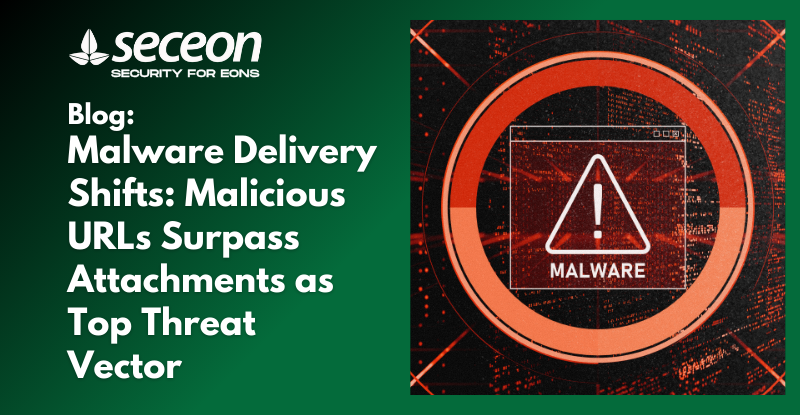
Cyber attackers have changed their tactics. According to a recent ITPro report, malicious URLs are now four times more common than infected email attachments when it comes to delivering malware. This shift has serious implications for defenders, especially as phishing techniques evolve to exploit trust and emerging communication channels.
In just six months, researchers from Proofpoint recorded over 3.7 billion URL-based threats. These links—disguised in emails, text messages, QR codes, and even calendar invites—are being used to execute phishing campaigns, lure users into credential theft, and occasionally deploy malware payloads.
While only a small fraction of these links contain direct malware, their volume and success rate stem from their stealth. Instead of relying on traditional file-based signatures, these threats often exploit browser-based vulnerabilities, redirection tricks, or staged payload delivery, allowing them to bypass basic detection.
This marks a significant departure from past norms, where infected Word or PDF attachments were the go-to method for initial access. Today’s attackers are betting on curiosity and speed: it takes only a moment to click a link—but that’s all it takes.
The shift toward malicious links exposes several gaps in legacy detection and response models. Systems that prioritize static file scanning or signature-based filtering will increasingly miss these threats. Modern defense now depends on broader context—understanding user behavior, environment, and signal correlation across multiple communication layers.
This is where behavioral analytics play a vital role. By recognizing anomalies in how users interact with links or web resources—especially those that lead to credential harvesting pages or command-and-control infrastructure—security platforms can respond before damage is done.
In high-volume, distributed environments, this must be scaled through automation. The most effective strategies now incorporate automated threat detection and response across email, browser, endpoint, and network layers, linking real-time telemetry to policy enforcement and remediation actions.
One of the more alarming trends is the increase in “quishing” (phishing via QR codes) and “smishing” (via SMS). Both have skyrocketed in the past year—Proofpoint reported a 2,500%+ increase in SMS-based phishing attempts. This expansion in threat delivery surfaces demands a machine learning security platform that can ingest signals from nontraditional sources and still detect intent and pattern abnormalities.
As organizations move beyond siloed tools, the need for a fully integrated SIEM-SOAR-EDR platform becomes clear. Security operations teams need centralized visibility and the ability to orchestrate response across domains—especially as phishing kits become easier to buy and deploy.
Meanwhile, automated threat hunting capabilities allow defenders to stay ahead of these threats by continuously scanning for indicators tied to active link campaigns—something static controls cannot match.
The shift from email attachments to malicious links represents more than just a tactical evolution—it’s a reminder that threat actors adapt quickly, and defenders must do the same.
At Seceon, we build technology that anticipates where threats are headed, not just where they’ve been. Our AI-driven platform delivers the behavioral analytics, automated detection and response, and integrated SIEM-SOAR-EDR capabilities needed to confront the rise in link-based threats head-on—without adding unnecessary complexity.
